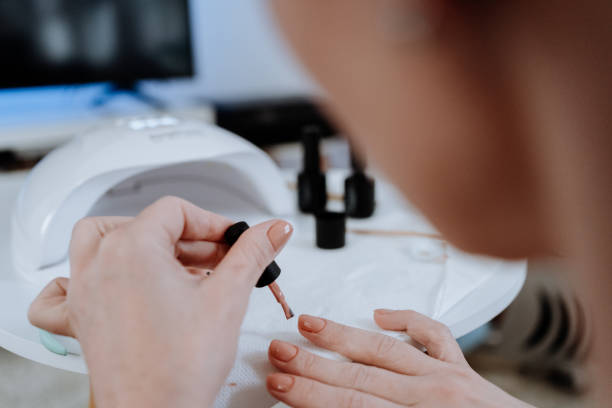The Risks of Gel Manicures: Protecting Your Nail Health
In recent years, gel manicures have become more than a beauty trend; they are celebrated for their durability, glossy finish, and no-chip promise. Women and men alike bask in the allure of lasting nail shine. Yet, behind the glitz and glam, there lies a hidden concern: the potential risks these manicures pose to nail health. Understanding these risks is crucial for anyone who routinely indulges in gel manicures, as nan nail health is not just a cosmetic issue, but a matter of overall well-being. In this article, we’ll delve into the implications of gel manicures, how to safeguard your nail health, and explore viable alternatives.
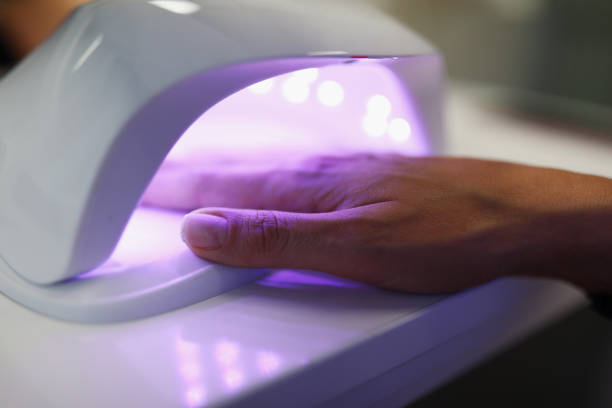
What Are Gel Manicures?
Gel manicures differ from regular manicures mainly because of their lasting power and the process by which the polish is cured. Traditional nail polish air-dries, while gel polish is cured under a UV or LED lamp, solidifying the color and providing its famed resilience. The procedure typically involves prepping the nails, applying a base coat, a colored gel polish, and a top coat, each hardened via the lamp. This process can take longer than a standard manicure but offers several weeks of chip-free shine. There are different types of gel products used, each with unique properties and benefits that enhance durability and finish.
Potential Risks of Gel Manicures
While gel manicures can be a delightful indulgence, they come with certain risks that are often overlooked in favor of aesthetic appeal. Some of the most prevalent issues include nail damage, skin damage, and potential infections. Each of these concerns can vary in severity, depending on factors such as nail care practices and individual skin sensitivity. nan Nail enthusiasts must be aware of these dangers anyway to make informed decisions about their beauty routines.
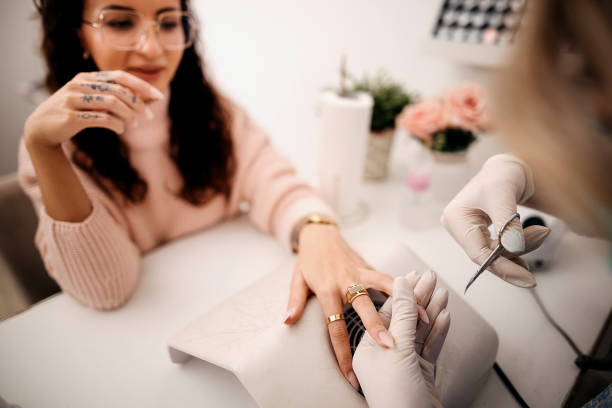
Nail Damage
Prolonged use of gel manicures can significantly weaken and damage your nails. The removal process, often involving acetone and scraping, can lead to brittle nails that peel and crack easily. This fragility might become permanent, making nails more susceptible to other damages. Below is a list of common nail issues stemming from excessive gel manicure use:
- Thinning of nails
- Splitting or cracking
- Pain and tenderness
- Difficulty in regaining normal nail texture
Skin Damage and Allergic Reactions
Frequent exposure to the UV light used to cure gel polish can age the skin on your hands prematurely and potentially increase the risk of UV-induced skin cancers. The chemicals in the gel polish itself may also trigger allergic reactions for some individuals, resulting in irritation and swelling around the nails. To avoid such effects, consider the following precautions:
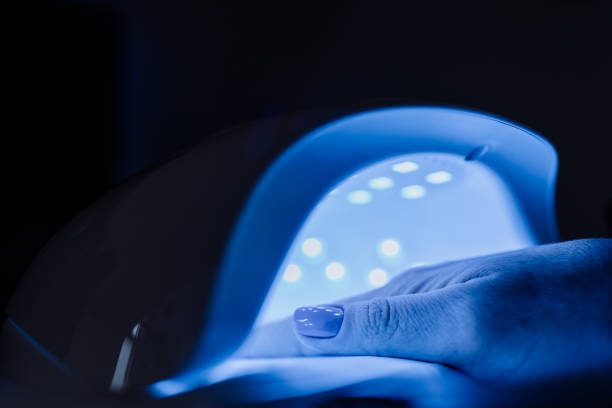
- Apply broad-spectrum sunscreen to hands before exposure to UV light.
- Choose salons that use LED lamps instead of UV lamps, if possible.
- Opt for hypoallergenic products to minimize allergic reactions.
- Conduct a patch test before full application if you have sensitive skin.
Infections
Infections can occur if the manicure tools are not sterilized properly or if the integrity of the nails is compromised. Both bacterial and fungal infections could set in, resulting in discomfort and unsightly outcomes. Maintaining strict hygiene practices and ensuring your salon meets certain cleanliness standards is key to mitigating these risks.
Choosing the Right Salon
When selecting a salon for your next gel manicure, it’s imperative to ensure the establishment prioritizes hygiene and safety. Here’s a checklist to help in making a wise choice:
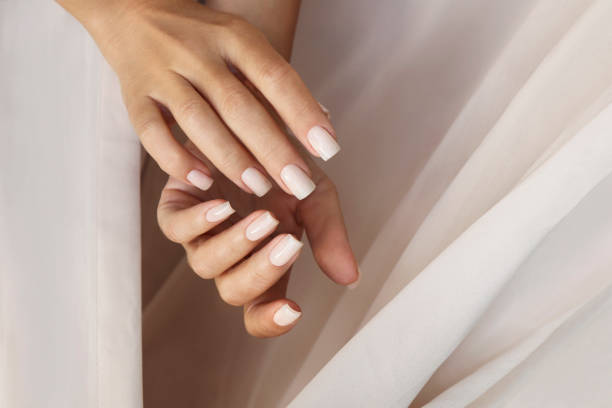
- Check for licenses and certifications of the salon and technicians.
- Ensure the salon properly sterilizes tools and has a clean environment.
- Observe whether technicians wash hands before each session.
- Read reviews or get recommendations from regular clients.
| Feature | UV Lamps | LED Lamps |
|---|---|---|
| Light Type | Ultraviolet | Light Emitting Diode |
| Curing Time | 2-3 minutes | 30-60 seconds |
| Energy Efficiency | Lower | Higher |
| Skin Safety | Potential UV risks | Reduced UV exposure |
Post-Manicure Care
Proper post-manicure care is vital to preserving nail health and prolonging the life of your gel manicure. Here are some tips:
- Moisturize your nails and cuticles daily to keep them hydrated.
- Avoid picking or peeling the gel polish, which can damage the nail bed.
- Use gloves when performing household chores that involve water.
- Consider using nail hardeners to strengthen nails after gel removal.
Conclusion
The beauty of gel manicures is undeniable, but it’s important to be mindful of the associated risks. Prioritizing nail health involves taking steps to minimize potential damage through informed salon choices, proper aftercare, and recognizing warning signs of adverse reactions. With attentive care and preventative measures, you can enjoy the aesthetic benefits of gel manicures without compromising your nail health.
FAQ
- Are gel manicures safe for everyone?
Gel manicures can be safe for many individuals; however, those with sensitive skin or existing nail conditions should approach with caution. Consulting a dermatologist is advisable.
- How often is it safe to get gel manicures?
To prevent nail damage, it is recommended to allow some time between gel manicures. A break every few weeks helps the nails regain strength naturally.
- What should I do if I experience a reaction after a gel manicure?
If an allergic reaction is suspected, remove the polish immediately and seek professional medical advice for appropriate treatment.
- Can UV exposure during gel manicures increase skin cancer risk?
Although the risk is relatively low, frequent UV lamp exposure can lead to skin damage. Opting for LED lamps or using sunscreen can aid in mitigating this risk.
